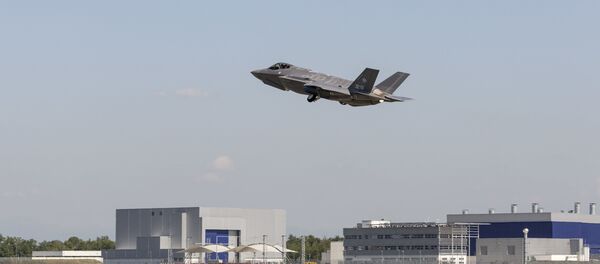The exercise explored AFGSC’s ability to operate across the full spectrum of a nuclear war, from conventional to nuclear weapon missions.
“We want to wargame the entirety of our capabilities,” Brigadier General Ferdinand Stoss, AFGSC’s director for requirements, plans and programs, stated to Defense News in a December 9 interview. “We want to see if we are getting the bang for the buck we need.”
The Air Force nuclear modernization plan includes building a next-generation bomber; upgrading its fleet of B-1, B-52 and B-2 stealth bombers; and replacing the Minuteman III intercontinental ballistic missiles with a ground-based strategic deterrent missile system.
The hypothetical setting for the war game was the year 2030, and an Air Force B-52 was upgraded with a Link 16 communications network, enhanced radar, improved standoff weapons, as well as being re-engined for 25% greater range, Defense News reported.
All B-1 bombers have completed a full Integrated Battle Station (IBS) upgrade, including a modern data-link communications network and other equipment improvements, as well as an engine upgrade.
The Air Force has also modernized all of its B-2 bombers with a new defensive management system, including a new graphics processor and new antennas, Defense News reported.
During the exercise, commanders found the upgraded B-52 can “easily” be flown to 2050 and beyond, Stoss told Defense News, making some of the planes 100 years old. But although the Stratofortress of the future can launch missiles from standoff distances, the plane’s ability to operate effectively in that environment is limited, he said.



